Where people and their land are safer - A Compendium of Good Practices in Disaster Risk Reduction
Any effort to improve the resilience of the land will reduce the vulnerability of the people.
This publication is derived from a collaboration between the Swiss NGO DRR Platform, the Centre for Development and Environment of the University of Bern and WOCAT. Over recent decades, the NGOs of the Swiss NGO DRR Platform have been involved in DRR activities around the globe, many of which are directly or indirectly related to the use and management of land resources, including soils, water, plants and animals. This Compendium systematically describes and analyses over 30 well-established and successful land-related/ land-based practices for the prevention, reduction, and management of disaster risks, highlighting the potential of SLM for DRR.
The publication shows how relatively simple, cost-effective DRR measures related to land management can help to substantially reduce the impacts of repeated small-scale disaster events. Sustainably managed land conserves ecosystem functions and makes the land more resilient to natural hazards as well as gradual changes. At the same time, SLM produces socio-economic co-benefits which further help to reduce people’s vulnerability and enhance their resilience.
This
publication serves as a tool for stakeholders – whether planners, advisors,
extension agents, or development consultants – from different sectors (be it
DRR, water and sanitation, food security, or agriculture) to include land-related/
land-based DRR practices in the planning, design and implementation of
development/ humanitarian projects. With this, it shall contribute to the up-
and outscaling of proven practices and therewith alleviate the impacts from
natural hazards such as droughts, floods, and storms on communities around the
globe.
Publication
In collaboration with:


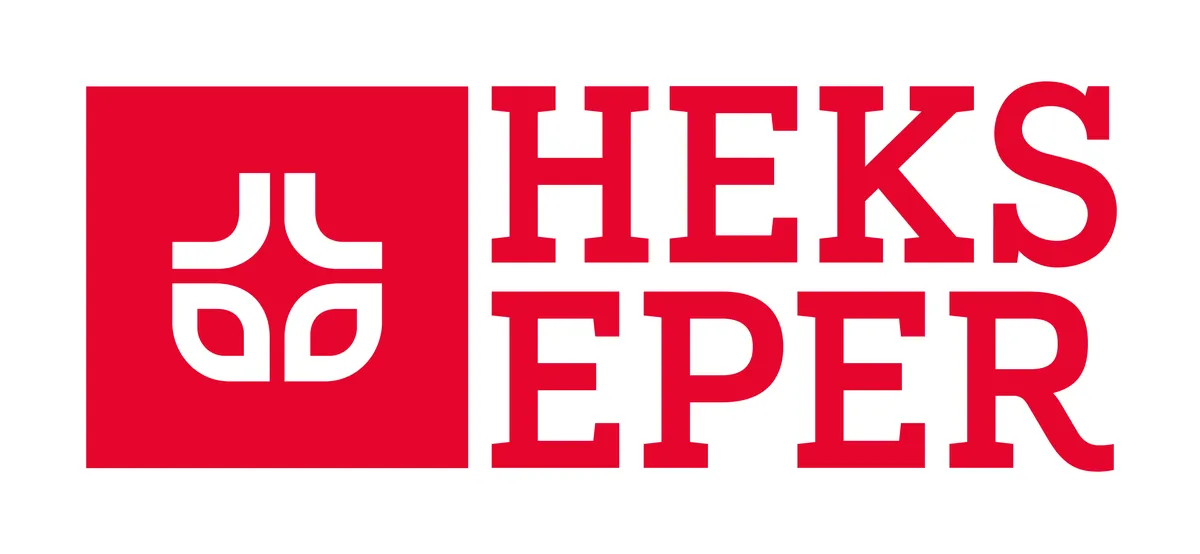
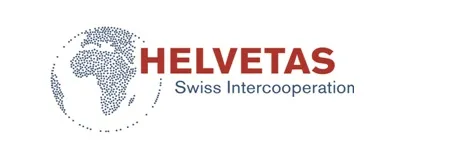

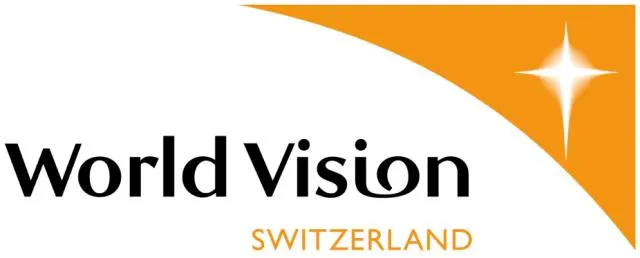
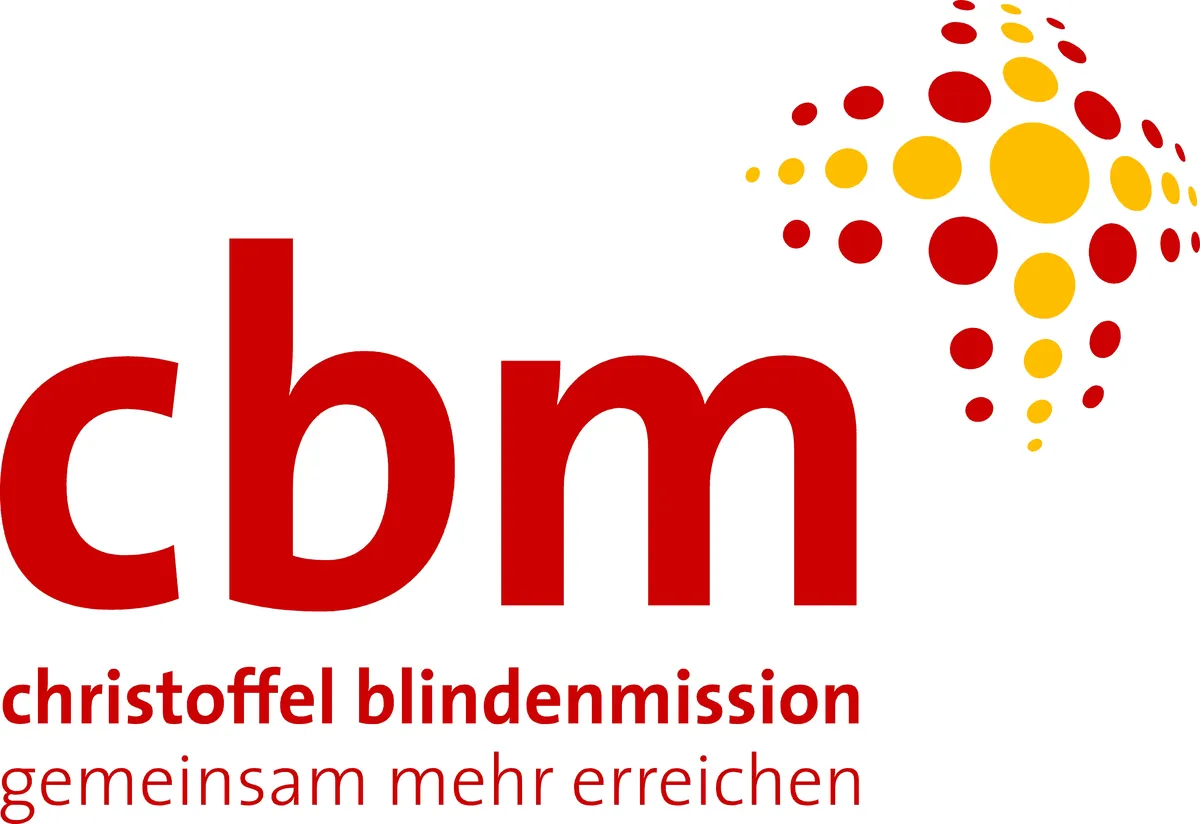

The publication was realized with co-funding from:
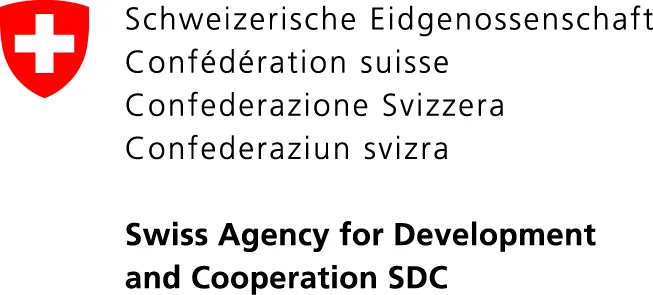
A contribution to the printing costs was provided by:

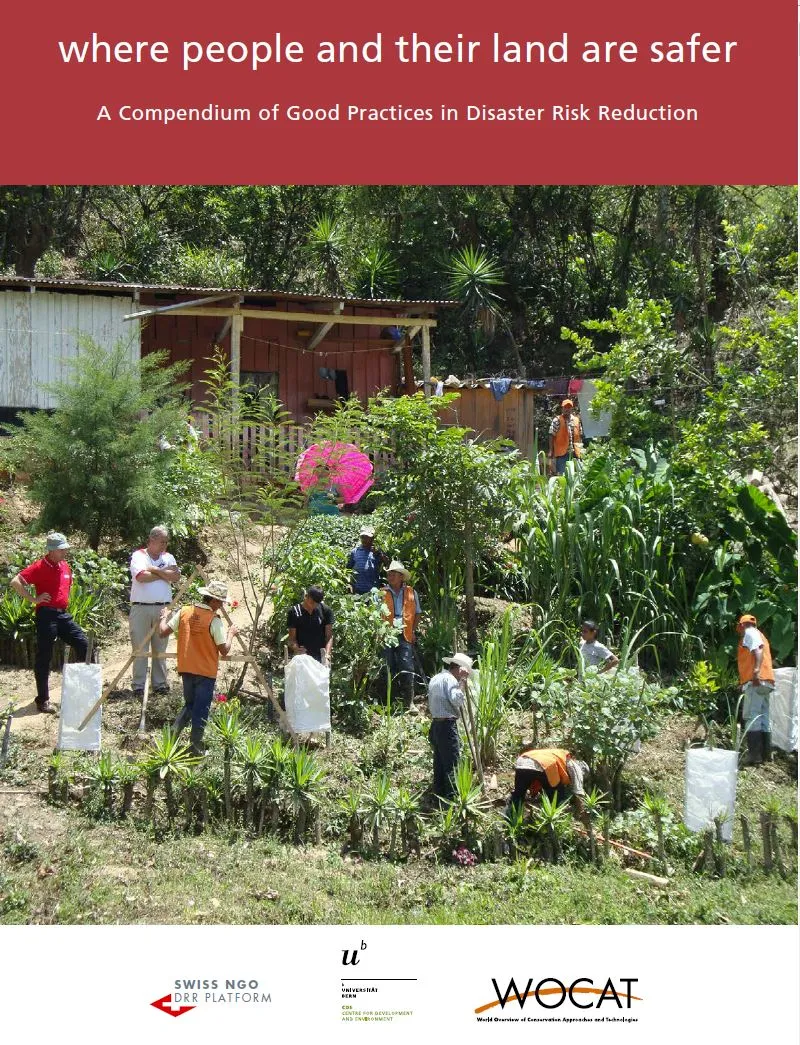
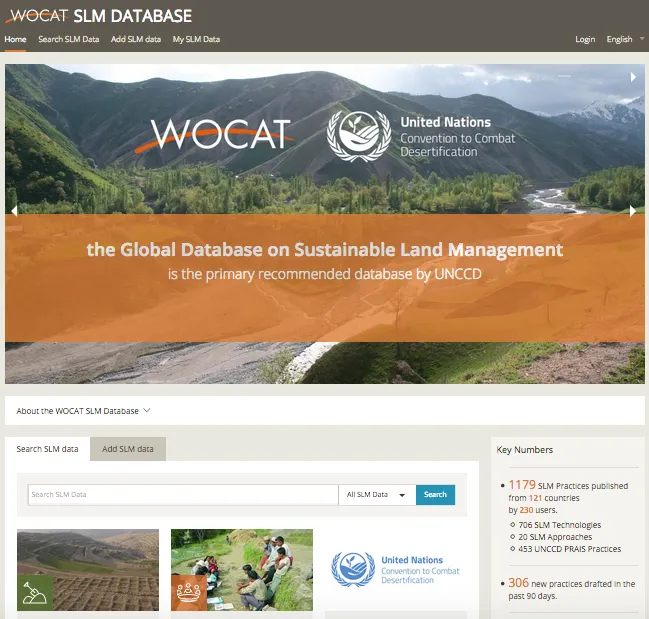
The practices documented in the publication can also be viewed in the WOCAT Global SLM Database.